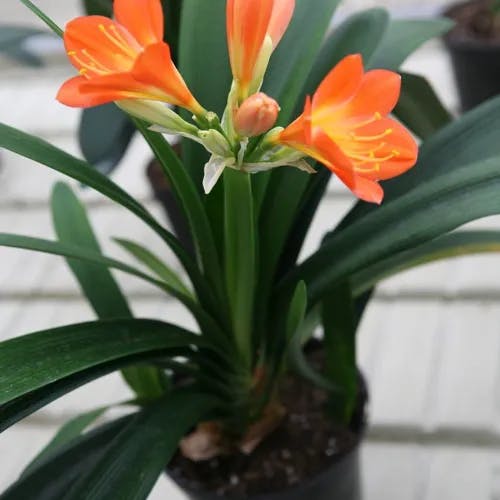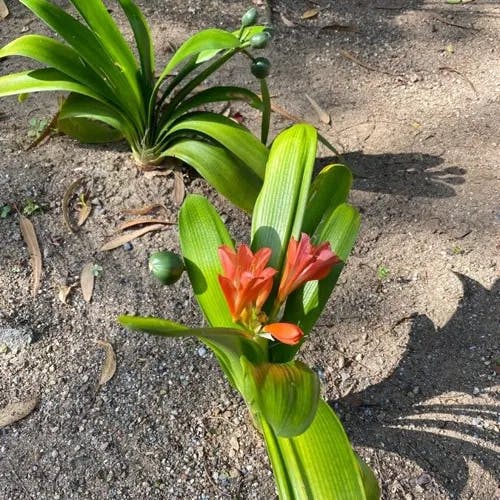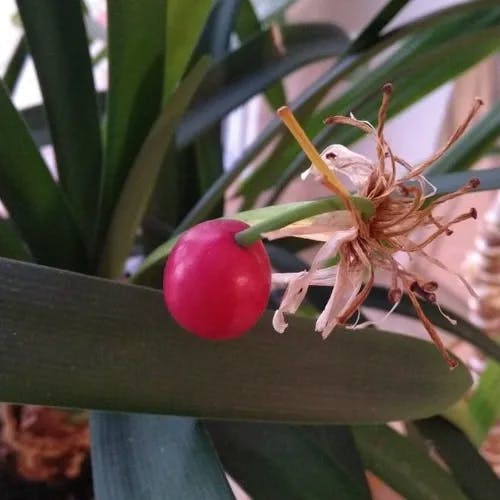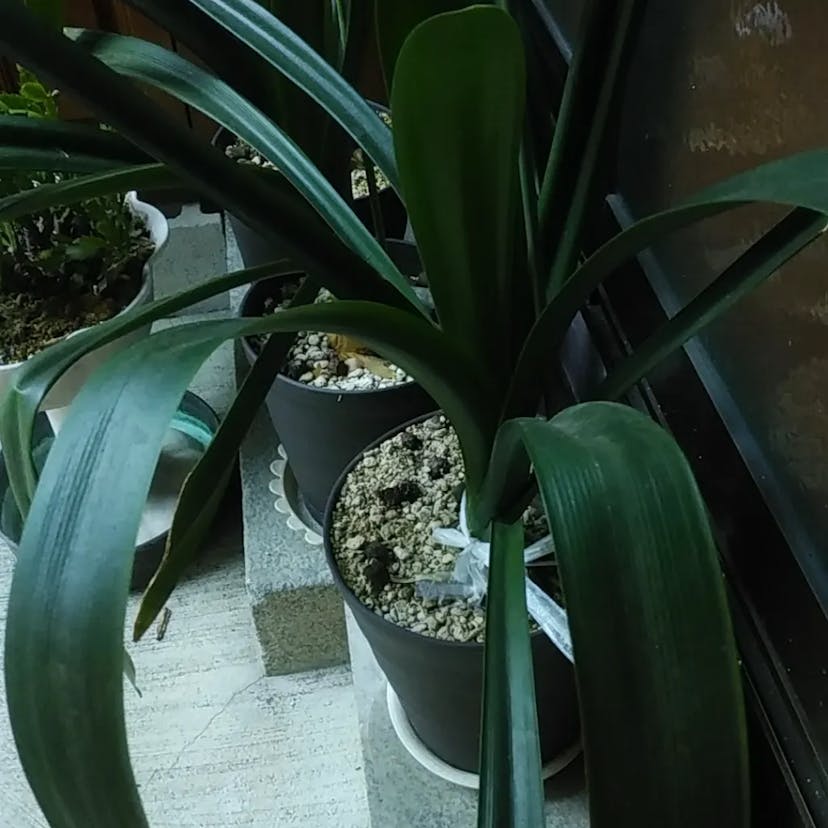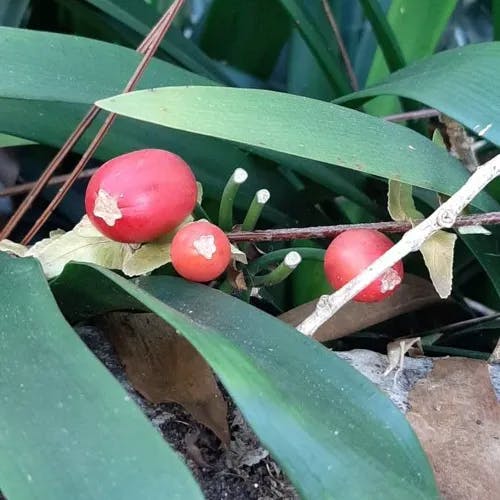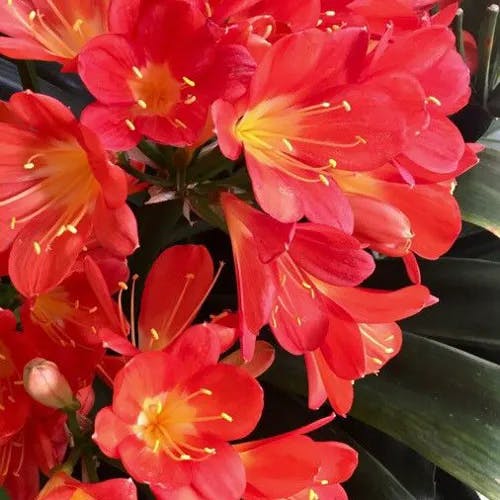Orange, red, green can be bloom color of double flower bush lily plant specie or plant flower. Double flower bush lily also call Clivia or Clivia miniata love bright light. Double flower bush lily from east South Africa. Double flower bush lily popular home plant. Double flower bush lily can live in less water. Double flower bush lily can live in light and dark area. Double flower bush lily height one to two feet. Red berry with seed grow after flower of double flower bush lily. Double flower bush lily good fortune plant in some culture. Easy grow and care double flower bush lily.
0
0
